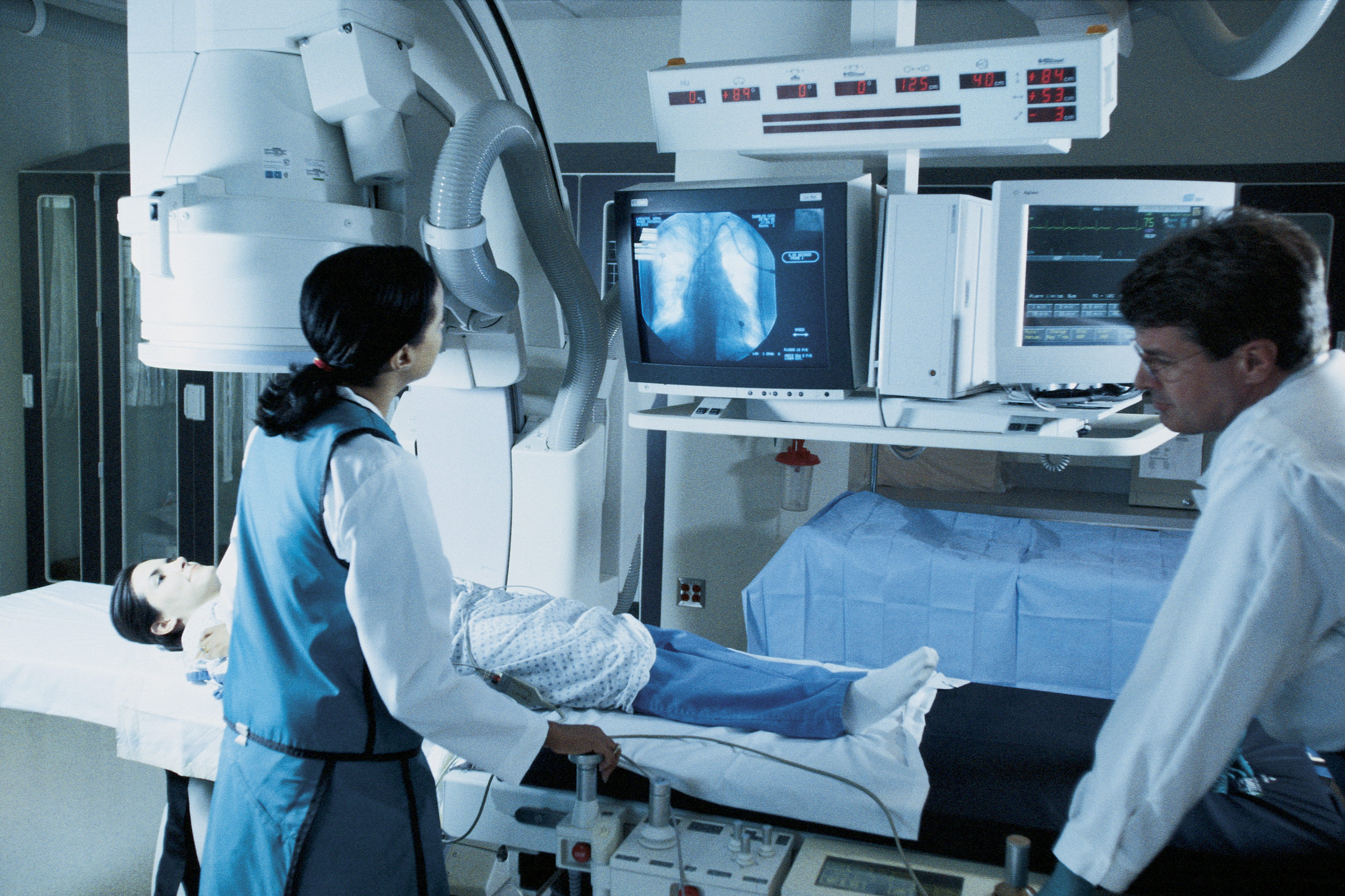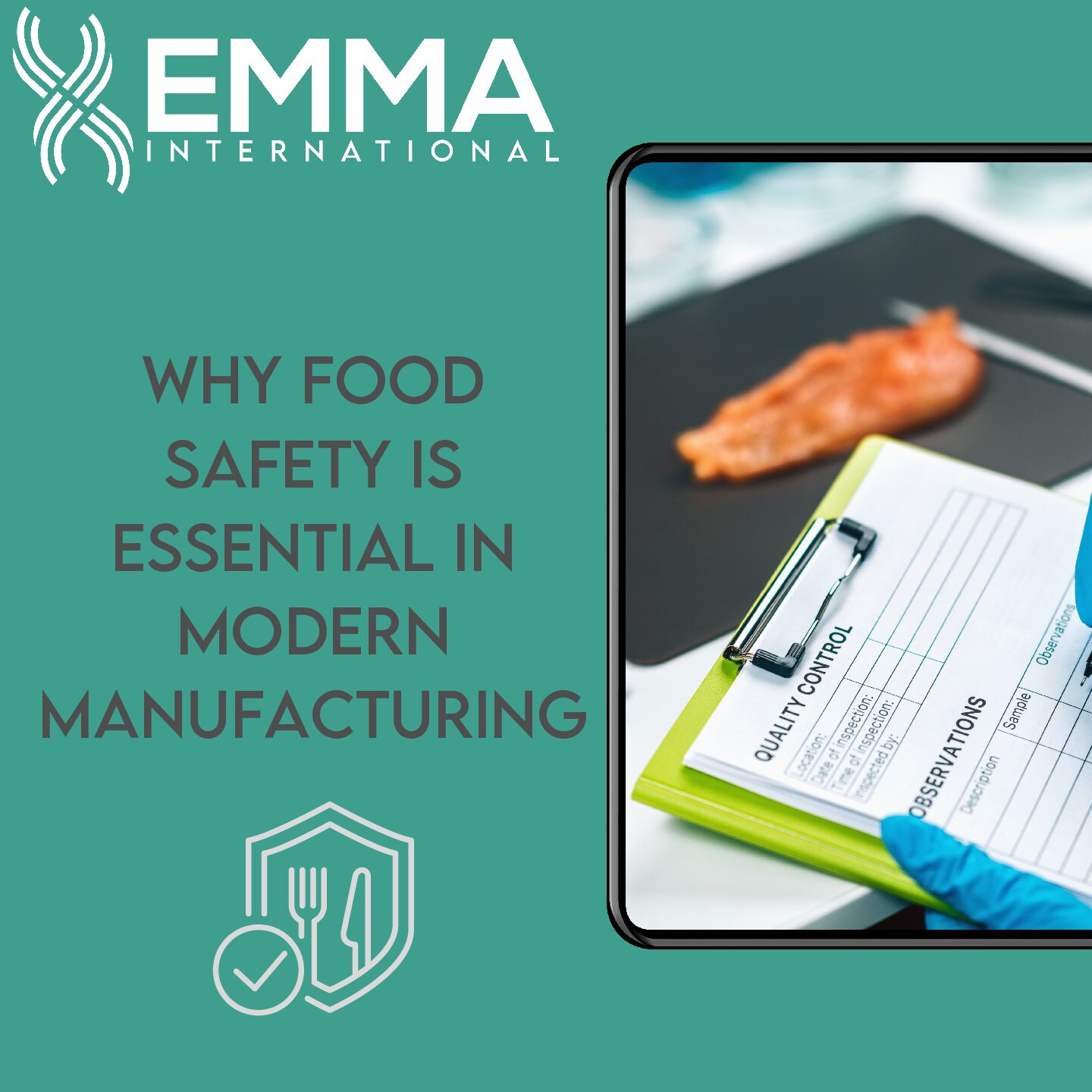The quality management system of a medical device manufacturer is important for several reasons, but today we are going to focus on its aims of customer satisfaction and device safety and effectiveness. There are standards in place to achieve each of these aims within a company. The internationally recognized standard for quality management systems is ISO 9001, specifically ISO 13485 for Medical Devices. Commercialization of medical devices in the United States requires compliance with Good Manufacturing Practices (GMPs) defined in 21 CFR 820, which are federal regulations governed by the U.S. Food and Drug Administration (FDA) [1].
In order to understand the utilization of each standard today, it is important to understand how each of these standards was developed. In the 20th century, drug manufacturers were distributing drugs that were unproven to be safe, there were no controls on manufacturing methods, and the FDA had little power to audit production practices [1]. As a result, several people died from taking unsafe drugs. Two well-known examples are Elixir Sulfanilamide and Thalidomide. In 1937, Elixir Sulfanilamide was marketed as a wonder drug but was actually highly toxic and equivalent to antifreeze. In 1962, Thalidomide was marketed for treating morning sickness in pregnant women. However, this claim was unfounded and the drug resulted in thousands of deformed newborns in Western Europe [1]. In response to events such as these, the FDA established the first Good Manufacturing Practices (GMPs) in 1978 to improve product quality, safety, and effectiveness.
On the other hand, in 1987 the first ISO 9001 quality standard became available as a voluntary program for all industries to assure customer satisfaction, not to ensure customer safety [2]. ISO 9001 was created with an emphasis on improving quality system effectiveness instead of product safety. In 2003, ISO 13485 was released to address the design and manufacture of medical devices [2]. ISO 13485 is an industry specific international standard that allows medical device manufacturers to develop quality systems that are more consistent with the purpose of medical devices than ISO 9001. For example, ISO 9001 requires a company to continually improve the effectiveness of its management system. However, continuous improvement of medical devices can jeopardize their safety and effectiveness. Thus, ISO 13485 requires maintenance of the quality management system instead of continuous improvement [3]. Another crucial difference between ISO 9001 and ISO 13485 is the requirement of calculating, analyzing and mitigating the risks associated with products and processes in ISO 13485. In the medical device industry, risk management is very important for ensuring patient safety. The absence of risk management in ISO 9001 left companies vulnerable to including unnecessary risks in their processes.
Today, ISO 13485 and 21 CFR 820 are harmonized [4]. Each standard may have additional requirements, but the requirements do not conflict with one another. While 21 CFR 820 compliance is required by law for the commercialization of medical devices in the United States, ISO 13485 is voluntary. However, in Canada and the countries of the European Union, ISO 13485 certification is required to legally sell or market devices [3]. Furthermore, ISO 13485 certification can help companies obtain the CE mark for their devices [3]. Because the two standards are so similar and in agreement, it is easier for companies to satisfy both standards in order to legally market their devices in multiple countries. With these two standards in place, medical device manufacturers have the resources and responsibility to ensure the safety and effectiveness of their products.
References
- Calabrese, R., Trotter, A.M., Foo, L.T. Finding Common Ground with ISO 9001 and FDA Good Manufacturing Practices. Quality Digest. 2008. Available from: http://www.qualitydigest.com/mar08/articles/05_article.shtml.
- O’Lenick, A.J. Comparatively Speaking: cGMP vs. ISO. Cosmetics & Toiletries. 2010. Available from: http://www.cosmeticsandtoiletries.com/regulatory/region/northamerica/101918843.html.
- BNP Media Staff. ISO 13475: Just the Facts. Quality Magazine. 2008. Available from: http://www.qualitymag.com/articles/86067-iso-13485-just-the-facts.
- Velez Cabassa, A.I. Quality System Regulation Overview. FDA. 2013. Available from: http://www.fda.gov/downloads/Drugs/DevelopmentApprovalProcess/SmallBusinessAssistance/UCM377600.pdf.






